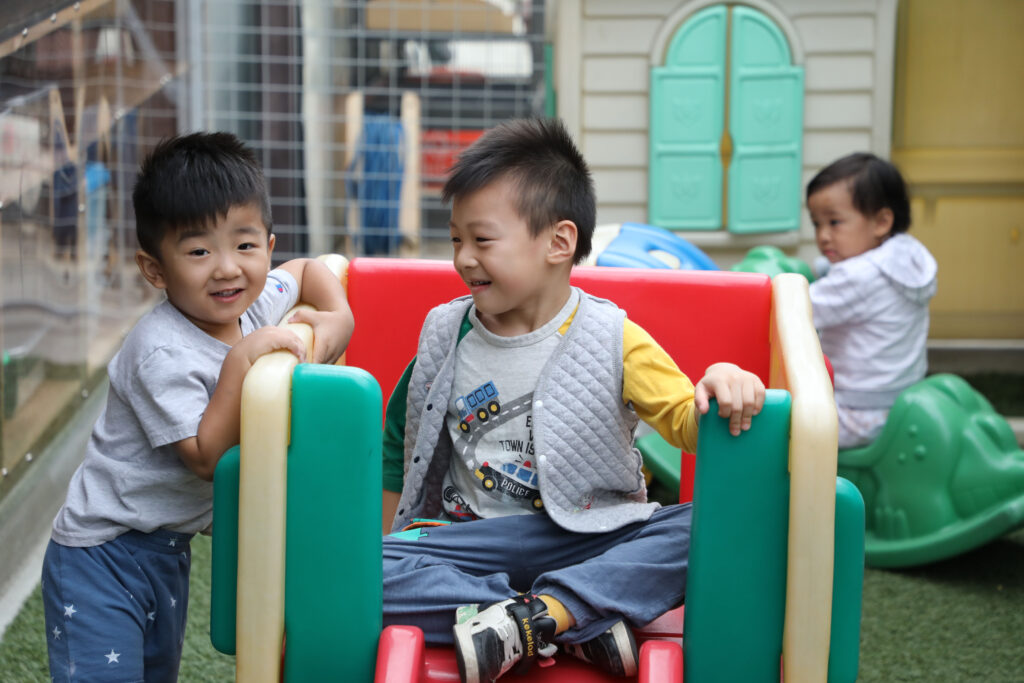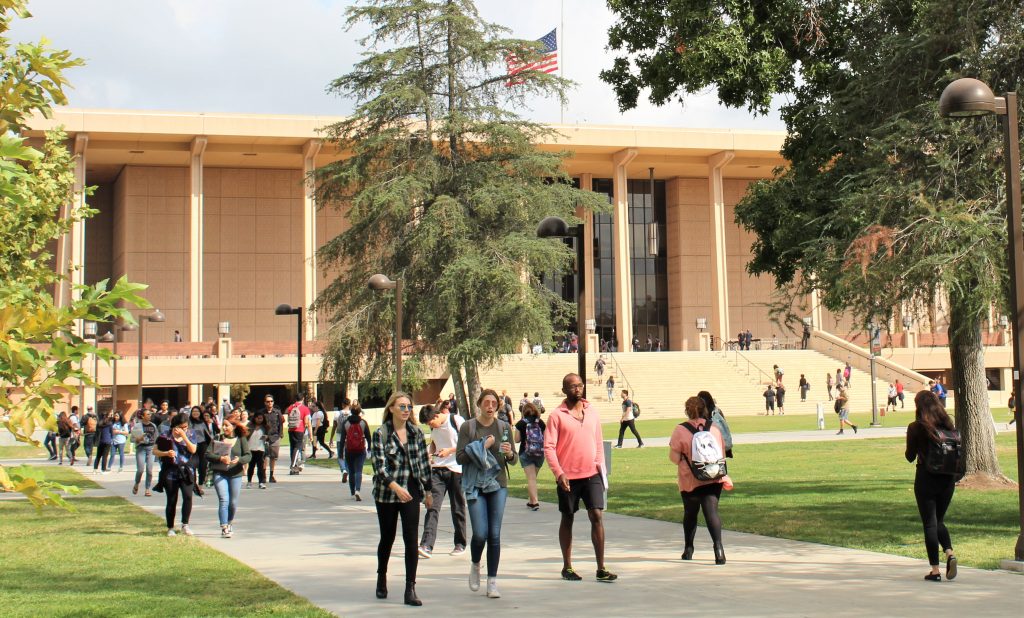
Credit: Courtesy Quality Start Los Angeles
When disaster strikes, it feels like time stands still, but we are expected to keep moving. Those with children don’t have a choice — they go to work and address an overwhelming sense of trauma for their families.
The recent fires in Los Angeles demonstrated the worst of what disaster can bring and the best of our communities in their response.
Working in the early childhood space at the Child Care Alliance of Los Angeles, I witnessed child care providers act with urgency and care to ensure babies and toddlers impacted by the fires had a safe place while their families began the journey to recovery. Six months later, the child care providers who stepped up heroically during the devastating fires remain undervalued, and the sector as a whole remains in critical condition. It’s time to prioritize child care before the next disaster strikes.
The Alliance tracked the impact of the fires on the child care sector and found that more than 100 sites providing care were impacted, with 47 of those facilities destroyed.
Even those who lost their homes put their role as professionals first, and figured out how to provide for the children in their care.
The day after the wildfires began, one Altadena provider evacuated to an Airbnb and took in children. This is just one of many stories of providers who lost their homes and everything they owned, and yet, still showed up for the families who rely on them.
This isn’t the first time providers held our community together. When Covid hit, providers responded so frontline medical workers and parents could go to work. No matter the circumstance, child care providers do what it takes to ensure children have a place to go.
That resiliency comes at a heavy cost — and it often happens without the necessary infrastructure from city, county and state leaders to make it sustainable.
The 0-to-3 child care system has needed transformative solutions for years. Families struggle to find and afford care, while providers are some of the lowest-paid professionals in our country. Child care advocates are extremely coordinated, coming together to address longstanding sector challenges. But we cannot transform the system without public-private partnerships driving a holistic approach.
The flames may be gone, but the path to recovery is far from over.
Think about the child care system’s critical yet overlooked role in keeping families afloat during and after disaster. There are still neighborhoods where trucks haul away debris and where child care providers are piecing together arrangements in borrowed community spaces. Their commitment to caring for our youngest remains unwavering, but their capacity is stretched to the limit.
The Alliance has worked to track down displaced families and offer direct support. Some providers reconnected with the children they cared for. Others are still figuring out how to reopen. The unfortunate reality is that many providers have been forced to quit. As recovery inches forward, it is painfully clear: California’s child care system helps us withstand disasters, yet it’s not supported like other essential services.
Despite an outpouring of community and philanthropic support, child care remains largely absent from infrastructure rebuilding conversations. In some LA County disaster response plans, animal shelters and stables are listed as essential locations to check during a fire, but child care homes and centers are not.
I love animals, but the fact that our youngest children and providers are an afterthought in our community planning should alarm all of us.
We need our leaders to commit to building a more resilient child care system. There are simple, tangible solutions on the table now that our leaders can take action on. Our state Legislature and governor could protect provider wages and benefits from potential cuts or delays. This would go a long way to keeping more providers in the profession and supporting them ahead of a future disaster.
Crises don’t create fractures in our child care system. They expose them.
If we want to be truly prepared when disaster strikes, we must treat child care as the essential infrastructure it is and support the providers who keep our kids thriving, happy, and safe.
•••
Cristina Alvarado is the executive director of the Child Care Alliance of Los Angeles and leads A Golden State for Kids, a campaign that brings together families, providers, child advocacy organizations and businesses to build demand for accessible child care in California.
The opinions expressed in this commentary represent those of the author. EdSource welcomes commentaries representing diverse points of view. If you would like to submit a commentary, please review our guidelines and contact us.


